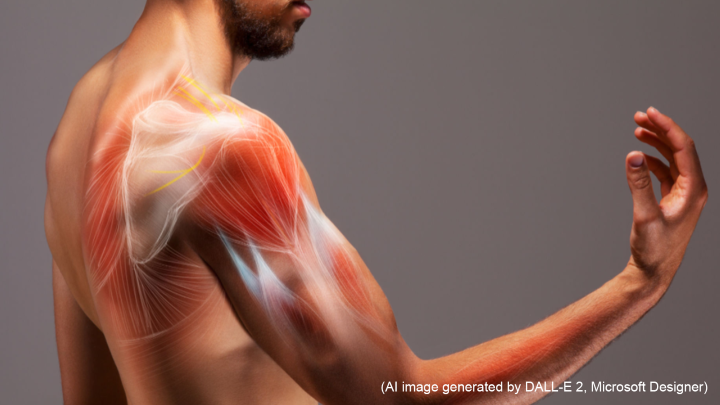#0090 Editorial: Prevention of musculoskeletal pain among professional drivers

Further Research Needed into the Risk Factors for Musculoskeletal Pain in Professional Drivers
A recent issue of the Journal of Occupational Health featured a review article in which a group of researchers based in the United Kingdom, Thailand, and Finland summarized findings from scientific literature concerning the prevalence rates for different forms of musculoskeletal pain in professional drivers, a category that includes bus drivers, truck drivers, and taxi drivers. As a researcher at the US National Institute for Occupational Safety and Health, their review article was of considerable interest to me.
By pooling data from 56 studies conducted in 23 countries, the review’s authors concluded that 53% of professional drivers experience low back pain, 42% experience neck pain, and 39% experience shoulder pain. These prevalence rates indicate that musculoskeletal pain is a major occupational hazard for professional drivers. The high prevalence of low back pain is particularly concerning as low back pain is a leading global cause of disability and is often a precursor symptom for underlying spinal or musculoskeletal disorders.
To devise effective interventions for musculoskeletal pain in professional drivers, scientists must understand the contributing factors. Previous studies have identified several potential contributors, including prolonged sitting, whole-body vibration from the seat, handling of baggage, and various psychosocial factors such as job-related stress. However, it is important to note that not many studies into this subject exist, and those studies that have been published have reported conflicting findings concerning questions such as the relevance of psychosocial factors to the risk of developing musculoskeletal pain.
Based on the findings in the existing literature, I propose that researchers focus on four key areas in their efforts to better understand the risk factors for musculoskeletal disorders in professional drivers. The first area is the utilization of emerging technologies to quantify physical risk factors, such as whole-body vibration, sitting behaviors, and a driver’s posture. The second area is the potential role of autonomous vehicle technologies in providing intervention strategies. The third area is intensive research into the possible role of psychosocial stress in elevating the risk of musculoskeletal pain. The fourth area is the need for high-quality studies in which researchers assess participating drivers at multiple timepoints and analyze the emergence and progression of musculoskeletal pain over time spanning all geographic industrialized areas. By focusing on these areas, researchers may discover clues as to how to prevent professional drivers from developing musculoskeletal pain.

Link to the original journal article:
https://onlinelibrary.wiley.com/doi/10.1002/1348-9585.12170
Title of the paper:
Editorial: Prevention of musculoskeletal pain among professional drivers
Authors:
Ming-Lun Lu




